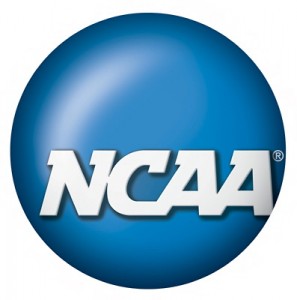Report Finds Glaring Gender Disparities in NCAA Division I Basketball Tournaments
Posted on Aug 11, 2021 | Comments 0
 On the night of March 18, 2021, University of Oregon basketball player Sedona Prince posted a video on social media contrasting the spacious room full of assorted barbells and other weightlifting equipment provided to the men’s NCAA championship participants with the small, single tower of hand weights provided to the women’s NCAA championship participants at the start of the NCAA Division I Men’s and Women’s Basketball Tournaments. The uproar surrounding this inequity prompted the National Collegiate Athletic Association to commission an independent study by the law firm Kaplan Hecker & Fink.
On the night of March 18, 2021, University of Oregon basketball player Sedona Prince posted a video on social media contrasting the spacious room full of assorted barbells and other weightlifting equipment provided to the men’s NCAA championship participants with the small, single tower of hand weights provided to the women’s NCAA championship participants at the start of the NCAA Division I Men’s and Women’s Basketball Tournaments. The uproar surrounding this inequity prompted the National Collegiate Athletic Association to commission an independent study by the law firm Kaplan Hecker & Fink.
The law firm recently released its report. It concluded that “the experience of the women’s tournament participants was markedly different from and inferior to that of the men’s tournament participants. The NCAA’s organizational structure and culture prioritize men’s basketball, contributing to gender inequity . . . in large part because the vast majority of the NCAA’s current revenue comes from men’s basketball.”
The report explains that the NCAA’s “Basketball Fund allocates revenue among conferences based solely on the participation of a conference’s automatic qualifying team in, and a conference’s overall performance at, the Division I Men’s Basketball Championship. In other words, the further a school’s team makes it in the men’s tournament, the more revenue that school’s conference is given. There is no analogous financial reward for participation in or performance at the Division I Women’s Basketball Championship,” the study said.

Men’s and women’s weight rooms at start of 2021 basketball tournaments
The study also found that women athletes received less food and poorer quality food at the tournaments, that outdoor recreation space during the pandemic was less for women, and that women received fewer gifts from sponsors.
The report concludes that a good step would be to combine the Final Fours in a single location to ensure that male and female players have similar, if not the same, experiences at the championships with respect to sponsorship, gifts, signage, etc.
The full report, NCAA External Gender Equity Review Phase I: Basketball Championships, may be downloaded by clicking here.
Filed Under: Gender Gap • Research/Study








